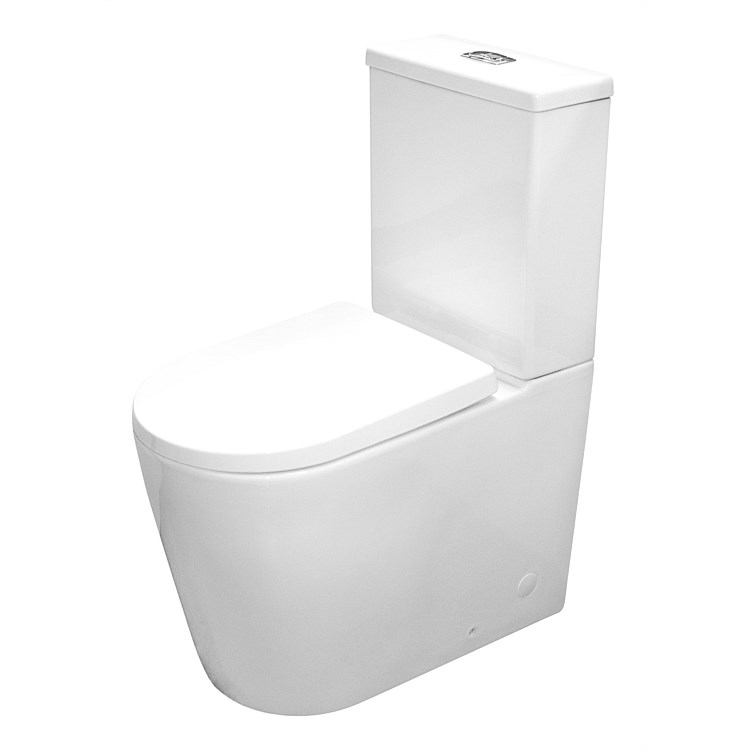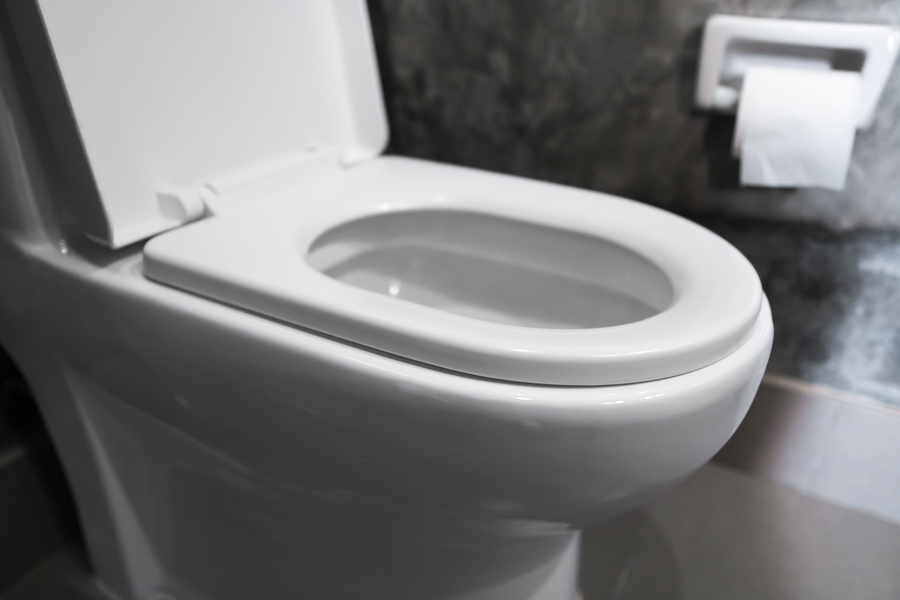Why Upgrade your Toilet?
It’s hard to overstate the value of an attractive, fully functional and hygienic toilet and bathroom. There are few rooms in the house that have a greater impact on the health and well-being of your family. Plus, a neat, easy-to-clean and stylish toilet delivers peace of mind while adding value to your house. By upgrading your toilet, you can do just that all the while giving your bathroom a modern look.
This blog focuses on upgrading your toilet; subsequent blogs will address other aspects of upgrading your bathroom. A toilet upgrade can seem daunting at first but fear not! We’ve compiled a list of toilet plumbing issues to consider so your new bathroom will be a success.

Choose new sanitaryware early in the process
Your first decision is whether to acquire a new toilet or use the one you already have. In most cases, upgrading involves installing a brand-new toilet in your home. Choose your style of toilet before plastering or tiling. This way, you avoid having to make alterations late in the upgrade process. Why? Because the water and waste pipes will be in the correct positions from the start. Looking online is a good place to start: try Plumbing World or Reece.
S-Pan or P-Pan?
This refers to the waste outlet specification of your toilet. The waste water discharge outlet has a curve or a trap — a P-Trap or an S-Trap. This is always full of water. It forms a liquid seal that prevents gases and smells coming back up into your bathroom or toilet. Most modern toilets are universal; their pans can accommodate both options. With a P-Pan outlet, the waste exits through the wall behind the pan. With an S-Plan toilet, the waste goes down through the floor. If you’re replacing a pan in an older home, check which you require or contact FlowFix Plumbing for advice.
Check out the size of the trap way too – that’s the exit route of the waste from the bowl. The bigger it is, the less likely blockages are to occur.
Inlet Location
Identify where the water inlet is located, i.e., left or right, bottom or top. Placing a new toilet in the same position is the most economical way to complete a toilet upgrade. If you put a toilet in a different position, the water pipes will probably need to be extended or moved. The waste pipe will need to be re-routed too. This may also need to happen if you choose a new style of toilet.
All the pipework should be concealed for a neat and easy-to-clean room. The wall will need to be opened up. You may require a handyman or builder to help you fix it afterwards. Remember to choose plastic pipework because it’s flexible and goes around corners without joints.
Floor Coverings
The aim is to have a floor covering that follows the outline of the toilet’s base. If you replace your existing toilet with a new one, uncovered areas of the floor may be exposed. You then will have to redo your floor covering so it fits the outline of the new toilet base. This is not a straightforward task; it takes skill.
For a high-quality finish, with a better seal against water damage, always tile the floor first before fitting the toilet. That way, your floor tiles don’t have to be cut to awkward shapes to fit. The layer of tiles under the toilet will also protect the floor should the waterproofing sealant fail.
Tile Skirting
Back-to-wall (BTW) toilets are very popular these days. They can be used in two ways: positioned against a false wall with the cistern concealed behind it or combined with a unit containing the concealed cistern. If you have a tile skirting, it may need to be cut to accommodate the BTW toilet. This could risk breaking the waterproofing seal or damaging the tiles. If this is a concern, you may want to choose a different style of toilet. You could opt for a modern attractive close-coupled toilet perhaps. This is where the pan and cistern form a single unit. There are further options in this style, including a fully shrouded design with all parts concealed for easier cleaning.
Talk to us about options and ideas for upgrading or renovating your toilet and bathroom. Call Colette today on 027 234 5454, email her at admin@flowfix.co.nz or send a contact request here.

